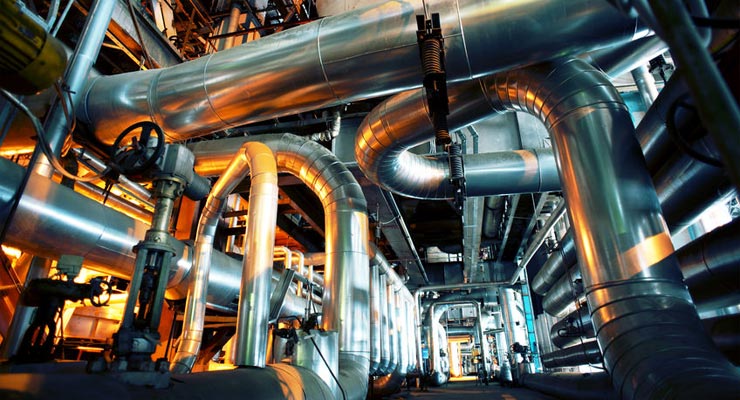Zero Liquid Discharge (ZLD) is an advanced wastewater management strategy that aims to eliminate all liquid waste from a system, ensuring that no wastewater is discharged into the environment. This approach is particularly valuable in areas with water scarcity, strict environmental regulations, or industries with highly toxic wastewater.
